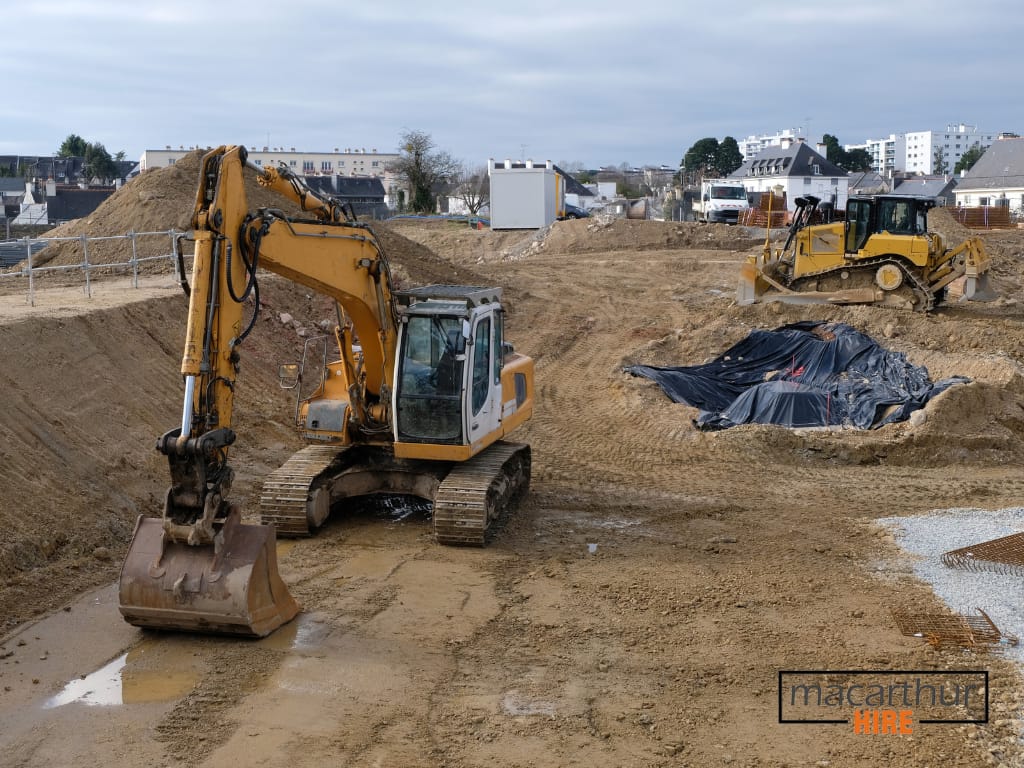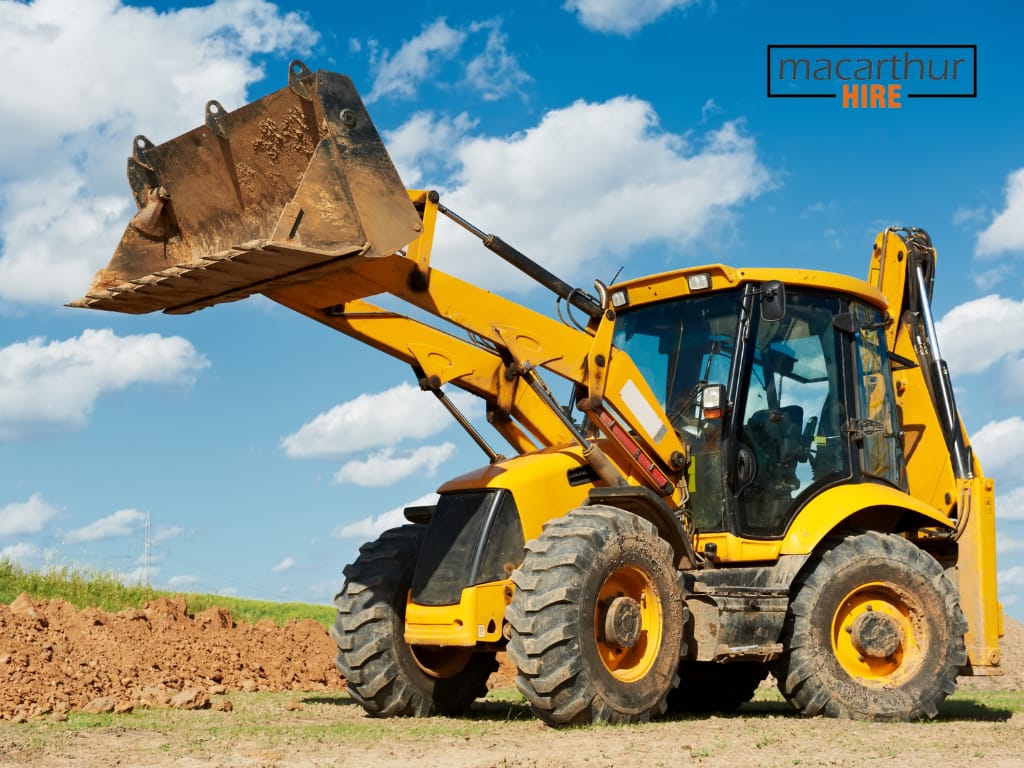Looking for something specific? Try using our search bar!
Looking for something specific? Try using our search bar!
In the diverse world of construction, the scale of a project significantly influences the approach to equipment hire. Small and large-scale projects each come with their unique set of requirements and challenges in terms of construction equipment hire. Understanding these differences is crucial for effective project management and execution. Tailored approaches to equipment hire, based on the size and scope of the project, not only ensure efficiency but also optimize resource allocation and cost-effectiveness.

For small or short-term construction projects, identifying essential equipment is key to maintaining efficiency and cost-effectiveness. These projects typically require basic, versatile equipment that can handle a variety of tasks. The focus should be on hiring equipment that offers maximum utility without incurring unnecessary expenses. For example, compact excavators, mini loaders, and small generators often suffice for smaller projects.
Large-scale construction projects present a more complex scenario in terms of equipment needs. They often require a broader range of specialized machinery due to the size, duration, and complexity of the tasks involved. Equipment like heavy-duty cranes, large excavators, bulldozers, and extended-reach forklifts are commonly needed. Additionally, the requirement for multiple units of the same equipment type may arise to maintain workflow efficiency across different project zones.
Effective budgeting is essential in small project equipment hire. The key strategy is to avoid overspending on equipment that exceeds the project’s requirements. Renting multi-purpose equipment that can perform various tasks can be more cost-effective than hiring several specialized machines. Additionally, negotiating short-term rental contracts can further reduce costs.
For large-scale projects, optimizing budget allocation for equipment rental is more complex. These projects benefit from strategic long-term rental agreements, which often come with cost advantages compared to short-term hires. Bulk hiring from a single supplier can also lead to additional discounts. It’s important to regularly review equipment usage throughout the project to ensure that each piece of machinery is contributing effectively to the project’s progress, avoiding idle equipment that adds unnecessary costs.
In smaller construction projects, logistics management revolves around ensuring timely availability and optimal utilization of equipment. Challenges often include limited storage space for equipment on-site and coordinating delivery and pickup to align with the project timeline. Solutions involve:

Large-scale projects require a more intricate approach to equipment logistics, involving:
Small projects often face rapid changes in scope or unforeseen challenges. Flexibility in equipment hire is crucial, involving:
In large projects, scalability is key. This involves:
| Aspect | Small Projects | Large Projects |
| Equipment Needs | Basic, versatile equipment for varied tasks. | Wide range of specialized machinery. |
| Budget Management | Focus on cost-effective, multi-use equipment. | Long-term rentals, bulk hiring for cost savings. |
| Logistics | Just-in-time equipment delivery. | Advanced planning, coordination for equipment availability. |
| Flexibility & Scalability | Adjustable contracts for dynamic needs. | Scalability in equipment fleet as per project phase. |
| Supplier Relationships | Building partnerships for quick response. | Strategic long-term contracts and negotiations. |
| Safety & Compliance | Regular equipment checks, adherence to local regulations. | Rigorous safety protocols, continuous monitoring. |
| Challenges | Adapting to rapid changes, managing limited space. | Complex planning, large-scale coordination. |
| Training & Inspection | Essential for all equipment users. | Mandatory, often more specialized due to equipment complexity. |
For small projects, establishing strong relationships with equipment suppliers can lead to:
For small construction projects, safety and compliance are just as crucial as in larger ventures. The key considerations include:
In large-scale construction projects, maintaining high safety and compliance standards is imperative due to the complexity and scale of operations. This involves:
The process of hiring construction equipment varies significantly between small and large projects, each presenting its own set of challenges and requirements. Small projects demand flexibility and cost-effectiveness, while large projects necessitate extensive planning, coordination, and scalability. Across both, however, the constants remain strategic planning, vigilant budget management, and a strong emphasis on safety and compliance.
More articles below: